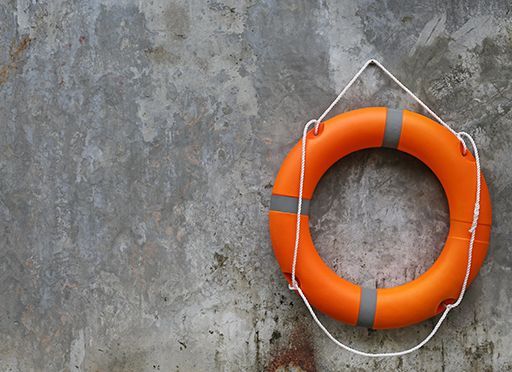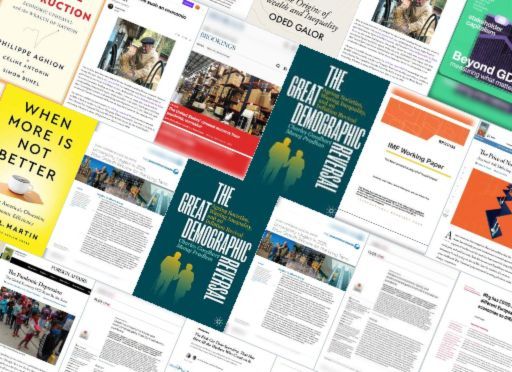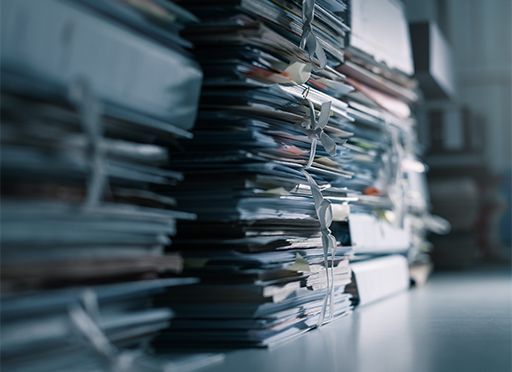Economist Richard Davies explores the lives of people in nine “extreme economies” around the globe, each tested by a radical situation or challenge. What’s to be learned from them?

Learn from the Worst
“The extremes of life offer important lessons,” economist Richard Davies writes. Pursuing this premise, Davies examines some of the bleakest, most heartrending and dysfunctional economies on the planet. He does not write about them from the perspective of an antiseptic economist, coldly offering data; Davies writes like a novelist, with compassion, emotion and insight.
Extreme conditions generate the need for “social capital,” which arises from trust, reciprocity and civic engagement among people. Social capital, Davies explains, breeds public allegiance and resilience. Without it, a few take unfair advantage, undercutting economic dynamism. Davies sums up his entire book when he states that the corrosion of inequality dissolves social ties. The majority of his examples sadly prove this thesis.
The Tsunami in Aceh, Indonesia
On December 26, 2004, a tsunami pummeled Aceh, killing 55% of the people living in its capital, Banda. Davies discovered that, while foreign aid rebuilt the town’s infrastructure, individuals leveraged family ties and informal economic systems to start again. Today, Aceh is prospering. As he illustrates here, the human element in response to economic privation is at the heart of the story Davies tells.
A Refugee Camp in Zaatari, Jordan
A Syrian civil war refugee camp formed in Zaatari, Jordan, in July 2012, and grew to 200,000 people. A UN relief agency supplied the bare necessities. By 2014, more than 1,400 businesses within the camp were selling groceries, clothing and bicycles. “Zaatari is the site of another extreme,” the author writes, “a miraculous trading post that has survived despite all the odds.” Davies finds a touching level of hope in this enormous community of the abandoned. Despite their completely uncertain futures, these individuals strive.
Davies revels in the inventiveness of self-made systems. He clarifies how people in the camp use UN-issued debit cards to purchase from approved supermarkets. E-wallets allocate how much individuals can spend on certain goods, and the set-up forbids substitutions. So shoppers trade purchases for cash in the informal economy. More than 60% of residents have jobs, which, Davies notes, nourishes self-respect.
The Louisiana State Penitentiary in Angola, Louisiana
Angola’s 5,000 inmates receive prison clothing, but they must pay for almost everything else. Prisoners earn a miserly $0.02 to $0.20 per hour on a commissary cash card. Dollars are contraband. Davies unpacks with great interest how tobacco was the inmates’ internal currency for 100 years at the prison until 2015, when administrators made it illegal.
In Angola, the urge to build functional markets that provide goods, roles and identity is the root of a thriving hidden economy with many different jobs, or, as the Louisiana old-timers call them, ‘hustles’.Richard Davies
Inmates now, Davies discloses, open anonymous prepaid-card accounts. Allies outside the prison purchase MoneyPak cards, which can hold $20 to $500. The MoneyPak codes enable transfers to other prepaid cards. In this way, inmates pay for services or goods; among those, Davies divulges, are illegal drugs. Because the card payments are untraceable, no prison official knows who paid whom for what. Davies positions the prison economy as a powerful metaphor for how people turn to underground technologies to survive indifferent or punitive regimes. He does not condone drug use, of course, but he finds a potent lesson in the inmates’ adaptation.
The Darien Gap
The Darien Gap joins North and South America, and it provides a land bridge between the Atlantic and Pacific Oceans. Its rainforest contains gold and timber. Panama governs 80% of the territory and Columbia the rest. “Darien is a forgotten place,” the author writes, “undeveloped economically and known only for its risk and danger, if it is known at all.”
Davies depicts its residents as ethnic peoples, rebel fighters and narcotics traffickers. Each group, he concludes, is a rival to every other group, a system that embodies classic zero-sum capitalism. Panama subsidizes planting teak for harvesting instead of replacing native trees. Davies finds that this “extractive timber market” causes environmental degradation and forestalls a manageable logging industry. Once again, he bemoans governmental shortsightedness and greed.
Legitimate Graft in Kinshasa, Congo
Davies strikes a false hopeful tone when he describes the Democratic Republic of Congo as flush with diamonds, metals and rainforests. Yet in 2012, 77% of the population lived below the World Bank poverty benchmark of $1.90 per day. Kinshasa is the poorest metropolis in the world and, Davies reports, people must buy clean water and take it home in plastic bags.“The Congolese state is active but parasitic,” the author recounts, “a corruption superstructure that often works directly against the interests of its people.” Davies recounts how most citizens engage in “the economy of the street.” State control sustains entrenched corruption, and proprietors must pay onerous taxes to bureaucrats and officials. Survival depends on self-reliance. Davies paints this world as perhaps the most hopeless he encountered.
Estonia’s Advanced Technology
The former Soviet Union’s economic failures, Davies finds, devastated Estonia. Following liberation in 1991, Estonia “bet on technology” to provide health care and education. Citizen ID cards let people open bank accounts, buy cars and access public services.
Tallinn is a technology frontier and has already adopted many technologies that look set to catch on in our own economies.Richard Davies
Davies notes that per capita GDP skyrocketed to $22,000 in 2018 and that the capital, Tallinn, is now a tech innovation hub. Davies’s central theme is adaptation. Sometimes, as he makes plain, citizens’ and governments’ interests align, and the results are usually positive.
Chile’s “Extreme Capitalism”
In 1973, dictator Augusto Pinochet adopted the Chicago School’s agenda of privatization, deregulation, open trade and reduced government spending for infrastructure, education and social safety nets. Poverty rates declined from 45% in 1987 to 20% in 2000. “Chile was seen as an ‘economic miracle’,” the author writes, “and made a poster child for development by influential international agencies that urged others to replicate ‘the Chile model’.”
Davies reveals the limitations of the Chicago School by underscoring that Chile has the most unequal economy among wealthy nations. He offers Chile’s school system as a telling example: The rich patronize high-tuition schools, while middle-class parents co-pay to supplement state education vouchers and the poorest attend fully subsidized institutions. Davies found that young Chileans push back on free market economic policies and the “corrosive rivalry” they engender.
Even Davies’s compassion and narrative gifts do not exactly make these tales heartwarming – he presents them as dystopian and terrifying – but they do allow readers to connect profoundly with the lives and situations he depicts. That adds to the considerable information he imparts. Davies shows today’s world as it really is, and it’s not exactly a pretty picture.







